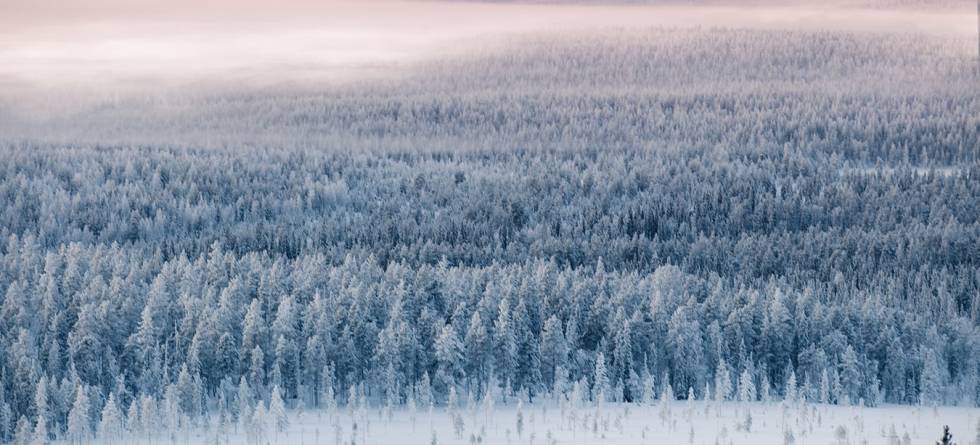Written by Priscilla Mooney, researcher at NORCE and the Bjerknes Centre for Climate Research
Afforestation is widely applauded as a strategy to mitigate climate change. While this is a good strategy in many parts of the world, that may not be the case in high latitude regions such as Norway.
Over the past few years my colleagues and I have studied the impacts of afforestation on the local climate system in Norway. Our work has shown that afforestation in Norway leads to increases in the maximum air temperature of almost 1°C in spring. As Hanna Lee wrote in her blog, this is caused by changes in the surface albedo i.e. the fraction of solar radiation reflected to space. Forests are darker than snow covered open spaces. As such, they reflect less radiation. This radiation is instead absorbed by the forested surface and increases the surface temperature.
Using very high resolution regional climate models, we showed that afforestation can also increase the number of days with snow on the ground in afforested regions. This is counterintuitive, but it can be easily understood by considering the shelter provided to snow underneath the forest canopy. This delays snowmelt in forests during the latter part of the snow season. Have you ever noticed how snow stays longer on the ground in a forest compared to fields or ski slopes?
While results showed afforestation affected local temperatures and the number of days with snow, it did not affect climate elsewhere in Norway. Demonstrating that these impacts are highly localised. So while afforestation may reduce global climate temperatures through carbon storage i.e. biogeochemical effects, locally it increases temperatures through physical changes in the surface i.e. biogeophysical effects.

Analysis of other aspects of the local climate were largely unaffected e.g. precipitation and climate extremes such as droughts, heatwaves, and heavy rainfall. However, this is not a complete analysis and our research will continue to identify other possible impacts of afforestation on the local climate.
My work so far suggests that current afforestation policies for climate mitigation in Norway may adversely exacerbate some effects of global warming at a local level, while mitigating others. This shows that the impacts of afforestation on the local-to-regional climate at high latitudes are complex and cannot support or dismiss afforestation as a climate mitigation policy.
Reference
Mooney, PA, Lee, H, Sobolowski, S. (2021) Impact of quasi‐idealized future land cover scenarios at high latitudes in complex terrain. Earth's Future, 8, e2020EF001838. https://doi.org/10.1029/2020EF001838.

